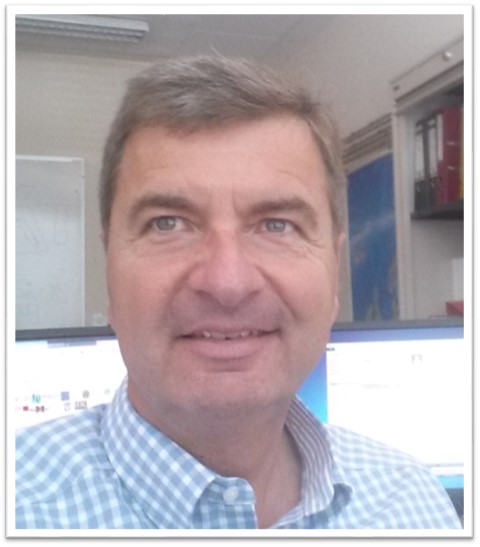A word from the EP Deputy Department Head - March 2021

Dear Colleagues in EP,
We are in the second year of a global pandemic. Safety measures and travel restrictions are impacting our work, communication and social life. Despite all the difficulties, the new issue of the EP Newsletter demonstrates that scientific life at CERN and in the HEP community continues to flourish and leads to amazing results.
In the Special Feature of this issue, the ALICE, ATLAS, CMS and LHCb experiments inform us about their ambitions and preparations to get the most physics out of the upcoming LHC Run 3. It is worthwhile mentioning that the schedule discussion on 15th of March confirmed the current schedule for the restart after LS2.
Referring to the LHC experiments, there is a new acronym to remember: SND@LHC. Giovanni De Lellis and Richard Jacobsson explain the concept and scientific potential of a newly proposed, compact and stand-alone experiment to perform measurements with neutrinos produced at the LHC. The experiment which was approved by the Research Board earlier this week (17th of March), shall be installed in the TI18 tunnel at the junction between SPS and LHC and start to take data as early as 2022.
Several experiments at CERN’s antimatter factory wait eagerly for the return of anti-protons via the new ELENA ring, foreseen in August this year. The ALPHA-g collaboration has substantially upgraded its apparatus during LS2 and competes with GBAR and AEGIS for the first antimatter gravity measurement. Even though not built for this purpose, BASE, another experiment at CERN’s antimatter factory, presents competitive limits on the axion-like particle-photon coupling however in a very narrow mass band. Axions are possible constituents of dark matter which many experiments search for. The BASE team is already upgrading their set-up to increase the mass bandwidth by a factor of more than 1000.
Talking about axions … the International Axion Observatory (IAXO) will search for axions or axion-like particles emitted by the Sun, in a way similar to the CAST experiment at CERN. The collaboration has submitted for publication its Conceptual Design Report for BabyIAXO, a prior stage towards IAXO. CERN magnet experts have drafted the designs of both the IAXO and BabyIAXO magnets.
In May this year, the AMS collaboration will be able to celebrate 10 years of successful data taking on the International Space Station (ISS) with more than 170 billion cosmic ray events collected. Mercedes Paniccia guides us through exciting new results for electrons and positrons but also for nuclei up to Z = 26 (iron).
A recent workshop with the exciting title ‘Storage Rings & Gravitational Waves (SRGW2021)’ explored novel ideas that could bring closer the fields of particle physic and gravity research. Scientists from the fields of GW, high energy and accelerator physics contemplated about possible ways in which particle storage rings (such as the LHC and the proposed FCC) can be used to detect these newly discovered messengers of our Universe.
There are quite a few more interesting articles, e.g. about the CERN Quantum Technology Initiative and an interview with Peter Shor, one of the pioneers of quantum computation theory, the challenge of analysing high-dimensional physics data, where we clearly benefit from the ongoing revolution in deep learning, and how Effective Field Theories can boost our searches for new physics.
Enjoy reading!
